The role of the 1st line in preventing financial crime
All risks are owned by the 1st line and financial crime risk is no different. As the accountable officers, and in order to feel the required level of ownership, it is important for business leaders in the 1st line to have the ability to identify, manage and mitigate FC risk. This means they need to have ownership of the front-to-back control framework including anti-money laundering, sanctions, fraud and anti-bribery and corruption.
To date, it’s safe to say that the way in which the FC control framework has been made operational and how it works in practice across large, global organisations can be complicated and messy. This is especially true when roles and responsibilities with respect to processing and analysis cross the first 2 lines of defence. Since this is often the case in legacy FC operating models, the unwanted outcomes are high levels of inefficiency and duplication coupled with the confusion in roles and responsibilities of multiple accountable stakeholders.
One of legacy reasons why the 2nd line took on many FC responsibilities was because the skillset didn’t exist in the 1st line. As the 1st line maturity in managing these risks has progressed, there has more recently been an ongoing exercise to migrate activities from the 2nd line to the areas they probably should have belonged in originally. This means for many firms right now, the 1st line’s role in preventing FC risk is expanding. The opportunity here is to embed a more mature culture in the 1st line that emphasises prevention and to integrate the different traditional FC control dimensions to develop a more holistic framework – this is sometimes talked about as ‘economic crime prevention’.
What is most important is that the 1st line feel empowered to make the necessary decisions relating to FC prevention as part of their daily business – whether that is via individual accountability or through the more formal governance processes. They will of course rely on 2nd line expertise to advise and challenge, but seeing FC prevention as part and parcel of the daily running of the business is vital in setting the cultural tone for trading behaviours and client relationships.
Going forward, the role of technology is critical in order to increase efficiencies and improve transparency. The benefits of AI and machine learning in data analytics are coming through now, especially with respect to AML and transaction monitoring. While firms are still investing heavily in bread-and-butter transaction monitoring tools, they are also using new technologies to help build for the future. The biggest pay-offs for AI/ML relate to improvements in data consistency and quality – better insights resulting from more sophisticated analytics across more diverse datasets, and the reduction of false positives.
